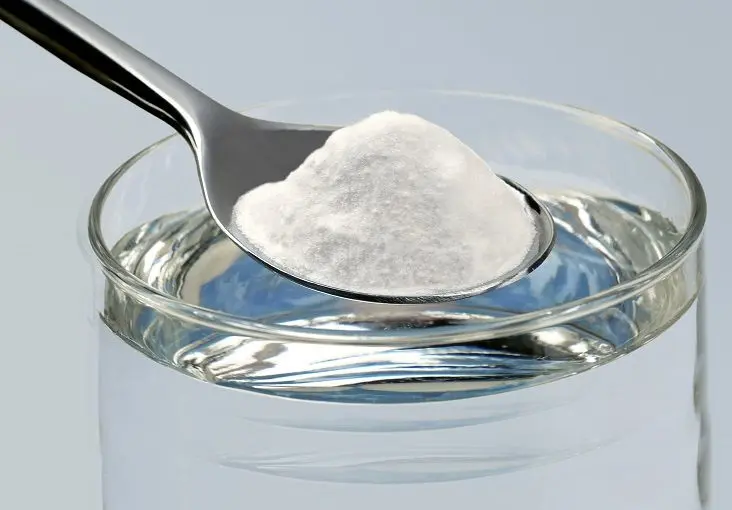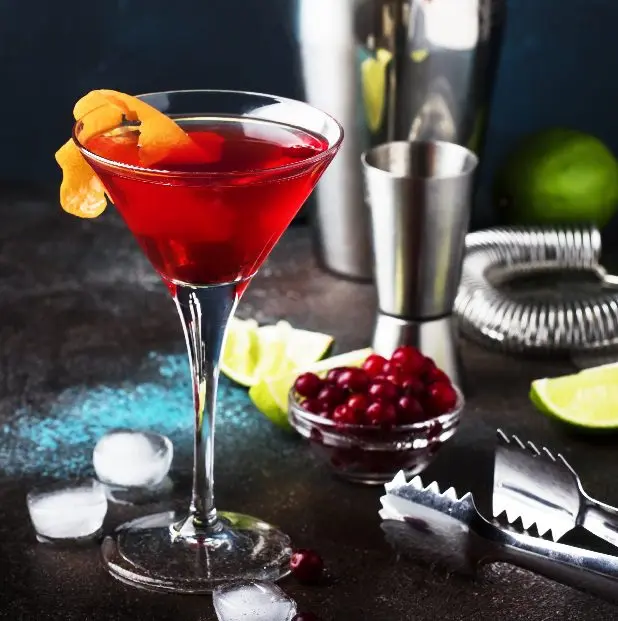Contents
Soluble sweet “yupi”, “zuko”, nectars, as well as coffee, spices, medicines are familiar, convenient and popular. The turn has come to the production of powdered alcohol. If in the first case the product was obtained by grinding and subsequent mixing of solid ingredients, then in the second case, scientists managed to turn a liquid into a “powder”. The result is a concentrate into which you can add water and make a cocktail, vodka or rum, identical in taste, aroma and strength to those produced using traditional technology.
The strength of the drink is determined by the concentration of the solution. Want to be stronger? Just add dry alcohol. Love experiments? Mix dry alcohol with juice, cola, coffee, tonic, fruit drink.
The creation of the product was inspired by the desire to make life easier for those who love traveling and active pastime, who are forced to take bulky, heavy, easily breaking bottles of alcohol with them. Thanks to the appearance of powdered alcohol, your favorite drink can be prepared within a few seconds in any conditions, with only water at hand.

History of Powdered Alcohol
In 1974, Udo Pollmer of the Munich-based European Institute for Food and Nutritional Sciences created molecularly encapsulated powdered alcohol and registered a patent in the United States. The American Mark Phillips took up the commercial application of the invention. Experiments with the product continued in Germany, the Netherlands, Japan, America.
The method of production is based on the property of cyclodextrins molecules (sugar derivatives) to absorb ethanol molecules and form capsules.
In 2008, a line of dry alcohol from the American company Pulver Spirits appeared on the market, designed for the mass consumer. In 2015, in Arizona, Lipsmark LLC registered and launched a similar product under the Palcohol brand. The manufacturer produces 4 types of cocktails with different flavors (lemon, Mojito, Cosmopolitan and Pouderita – an analogue of Margarita), as well as rum and vodka. One sachet contains 29 grams of powdered alcohol, which must be dissolved in 200 ml of water.

The benefits and harms of alcohol from powder
The attitude towards dry alcohol in the world is ambiguous. In the USA, the Netherlands, Germany, Japan, it is officially allowed and freely released to adult consumers. The sale of products is regulated by the same regulations as the sale of traditional alcoholic beverages.
Rospotrebnadzor banned alcohol from powder, recognizing it as dangerous to health. The anxiety is not caused by the properties of the product, but by the assumption that consumers will begin to misuse it – take it dry or inhale, make mistakes in the dosage of ingredients when preparing a drink. It is noted that if a substance not diluted with water gets on the mucous membranes of the nasopharynx, burns and intoxication may occur. There is a danger of minors gaining access to powdered alcohol.
But even without a ban, it is impossible to sell a novelty in Russia, since a change in the legislative framework is required. Now the manufacturer must indicate the full composition, how many grams of the product corresponds to a certain amount of liquid analogue.
A study by the European Institute for Food and Nutritional Sciences in Munich proved that the molecular structure of powdered alcohol does not change after it is converted into a free-flowing substance. The only difference from the usual liquid alcohol is the lack of water.
The manufacturer claims that Palcohol is safer than traditional strong drinks, since alcohol from ordinary vodka or rum is absorbed into the bloodstream 30 times faster than from new products.
Powdered alcohol and its analogues
Does powdered alcohol have anything in common with dry alcohol? No, the common solid fuel, despite the name, is made from urotropine pressed with paraffin and does not belong to alcohol-containing products. The fuel got its name due to the ability to burn with an even colorless flame like alcohols.
Producers from different countries offer dry wine and dry beer. Can they be considered analogues of dry alcohol? No, these drinks are based on a different technology – from evaporated, dried and crushed wine or beer must. Water, liquid alcohol are added to the resulting extract, obtaining a reconstituted drink.
The use of dry alcohol
Scientists, manufacturers of food products and medicines enthusiastically met the novelty, and found a wide scope for it. Powder alcohol can be used:
- as a flavoring and aromatic additive to food (ice cream, confectionery, sauces, meat);
- as a component of alcohol-containing medicinal products intended for preparation before direct use;
- as an independent drink or ingredient for cocktails;
- as a component for the production of cosmetics, household chemicals;
- as a source of energy in the military and space industries.

Prospects for the dry alcohol market
About 28 billion liters of alcohol are consumed annually in the world. In 2020, the global alcohol market will reach 3,2 billion nine-liter cases. According to WHO, the average alcohol consumption per capita in the world was 21,2 liters, which is equivalent to 8,9 liters of pure alcohol. Leaders in the consumption of strong drinks: Lithuania, Estonia, France, Czech Republic, Ireland, Luxembourg, Germany, Russia, Hungary, Slovenia. The volume of sales of alcohol from powder is 1% of the total number of sold alcoholic beverages. The main buyers of the novelty are active youth, visitors to nightclubs, football fans. Convenience and ease of use will allow the product to find its fans and occupy a market niche.









